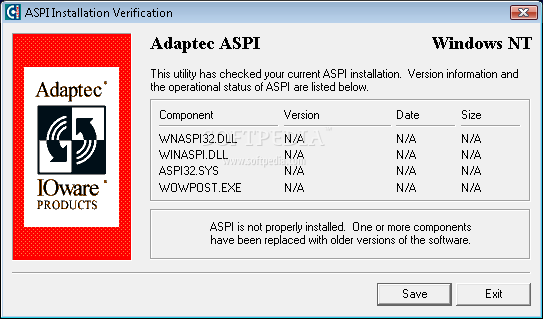Sony PlayStation Portable Secrets (Fat, Slim, Brite, and Go):: PSP Secrets The purpose of this webpage is to provide information (a majority are secret or are hard to find) on the Sony PlayStation Portable. If you think you know all there is to know about the PSP, read the following and you might learn a thing or two that you didn't know before. It is updated as new information is uncovered in the public, so visit often if you wish to keep up to date on the latest secrets. Please link to this webpage rather than copy the contents. And do remember that the ads support this page so visit them if they interest you.
PS Vita Serial Stickers torn off. So, I went in today to GameStop to trade in my old Vita, which I had purchased off a friend a year ago without the box, with the extra 50 dollar coupon. They inspected it and told me it was fine except that the serial and model number stickers were missing. I’ve been receiving tons of questions on how to check if their PSP can have custom firmware installed. Here’s a complete and concise guide to get you going. Make sure to read through the guide fully since it will answer all your psp motherboard related questions.
Imei Serial Number Checker

Apple Serial Number Checker
If you wish to ask a question or provide input, feel free to leave a post at:. This page only details information about the original classic PSP, so visit for more information about the Next Generation Portable. Note that this page is part of a collection of secrets to various hardware. Feel free to read other technology 'SECRETS' by visiting the menu at the top of this page. Author: Clicking on a link in the Table of Contents takes you to the selected topic, and while there, if you click on the topic title, it will take you back to this Table of Contents. The Sony PSP contains technology that is fairly advanced.
This webpage details all the different PSP models ranging from the original PSP (from now on called PSP Fat), to the later PSP Slim, PSP Brite, and PSP Go. PSP-10xx Series (PSP Fat) This is the original PSP released in 2004 PSP-20xx Series (PSP Slim and Light) This is the 'Slim and Light' version of PSP released in September of 2007. It fixed features missing from the 'Fat' version; notably, video out, charging via USB (you must enable USB via the XMB for this to work though), and more flash memory and main memory. 720x480p (NTSC) and 720x576p (PAL) progressive TV Output (via the Video Out jack at the bottom left of the Slim PSP) is supported for games and apps by putting a frame around the 480x272 screen. The XMB, however, is able to use the whole screen. Homebrew games and apps can also be programmed to take advantage of the whole screen.
PSP-30xx Series (PSP Brite) This PSP model was released on October, 2008. It added a built-in microphone and better LCD display for displaying a wider gamut. It also added support for interlaced TV output (in addition to progressive). PSP-N10xx Series (PSP Go) This PSP model was released in 2009. It added 16GB internal flash and bluetooth support, but removed the UMD drive.
In addition, the Memory Stick Duo slot was changed to support M2 cards. PSP-40xx Series (PSP Go + UMD) This PSP model was created to add back UMD game playing to the new sliding shape of the PSP Go (future release). Main PSP Features One of the main features of the PSP is being a high tech gaming gear. The gaming engine hardware is as powerful as a full size PS2, but at a quarter of the size.
Psp Serial Number Check
The PSP allows game playing mainly through UMD discs, but you can also load the game via the Memory Stick (or internal Flash in the PSP Go). The /PSP/GAME directory of the Memory Stick can contain any directory having an EBOOT.PBP file (the game executable), which will end up showing in the 'GAME-Memory Stick' XMB menu screen. From there, you can select it to run it. Although the gaming functionality is the main selling point of the machine, after using it awhile, you will start appreciating the picture viewer, MP3 player (with speakers) and MPEG4 video player. You can actually squeeze a DVD movie onto a memory stick and play it on the wide-screen LCD display. Here are the Sony PSP model numbers. The PSP model number can be broken up into a prefix and suffix, of which together they make an official PSP model number.


For example, a Japanese launch model PSP would have a serial number of PSP-1000, and the United States launch model would be PSP-1001.
PSP System Variations- There are different variations of each model of the PSP, most are marked by a motherboard change. Here is a list of motherboards, stock firmware, and their changes: Legend: Motherboard:Stock Firmware - Information PSP-1000 TA-079v1:1.00/1.50/1.52 - First release TA-079v2:??? - Tachyon (CPU chip) updated TA-079v3:??? - Baryon (Syscon chip) updated TA-081:???